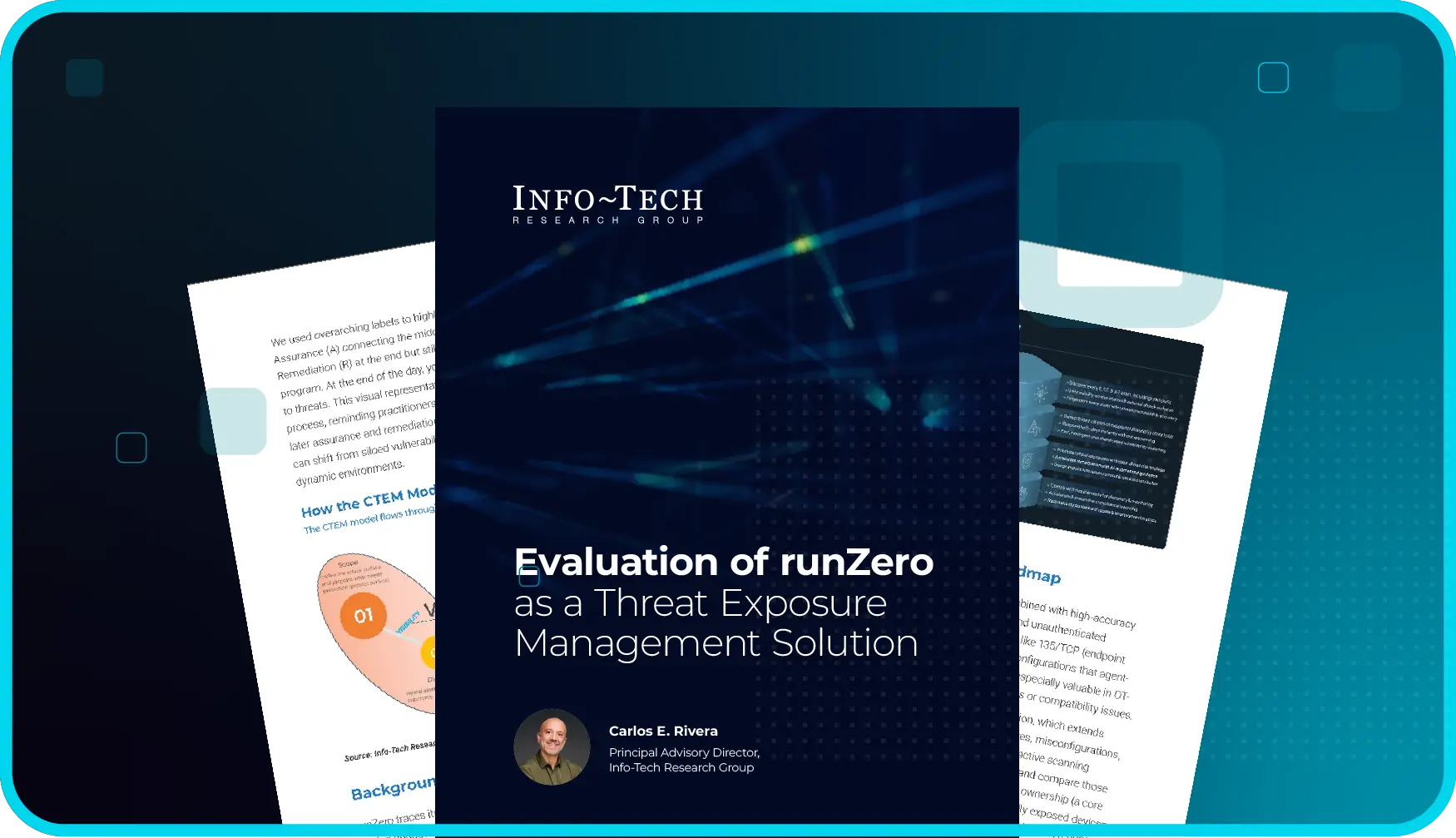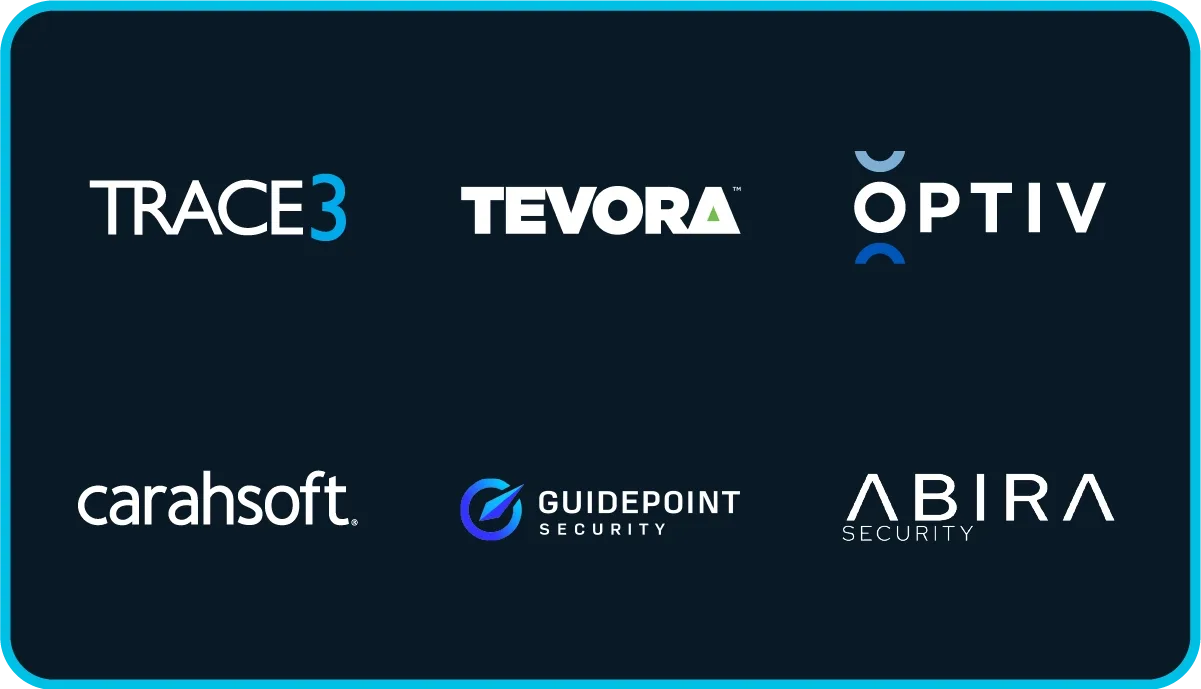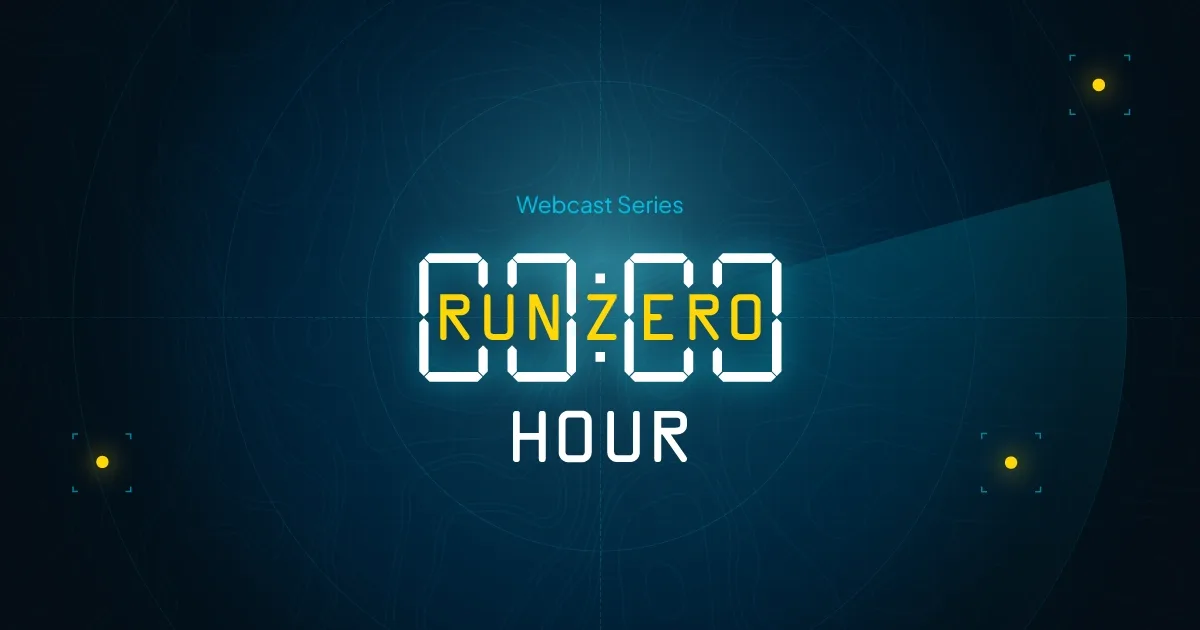Latest Brother device vulnerabilities #
Rapid7 disclosed eight vulnerabilities in certain models and versions of Brother printer, scanner and label maker devices. There's a lot going on across these vulnerabilities, but top line here is that Rapid7's Stephen Fewer discovered that one could a) derive the default administrative password using the serial number of affected multifunction printers and b) unauthenticated attackers can learn the serial number remotely through leaky protocols.
- An unauthenticated adversary can leak several pieces of sensitive information from a vulnerable device, including the device's serial number, through a number of vectors: the HTTP / HTTPS service (TCP port 80 or 443), the IPP service (TCP port 631), and the uscan application protocol described in the eSCL specification published by the Mopria Alliance Technical Working Group (a combination of mDNS, HTTP, and XML). This vulnerability has been designated CVE-2024-51977 and has been rated medium with a CVSS score of 5.3.
- An unauthenticated adversary who knows the target device's serial number, can generate the default administrator password for the device. The adversary can discover the target device's serial number using CVE-2024 51977 over HTTP, HTTPS or IPP; otherwise, the value can be discovered via a PJL or SNMP query. This vulnerability has been designated CVE-2024-51978 and has been rated critical with a CVSS score of 9.8.
- An authenticated adversary may trigger a stack-based buffer overflow by performing a malformed request to either the HTTP / HTTPS service (TCP port 80 or 443) or the IPP service (TCP port 631). The malformed request will contain an empty Origin header value and a malformed Referer header value. The Referer header value will trigger a stack based buffer overflow when the host value in the Referer header is processed and is greater than 64 bytes in length. This vulnerability has been designated CVE-2024-51979 and has been rated high with a CVSS score of 7.2.
- An unauthenticated adversary may perform a limited server-side request forgery (SSRF), forcing the target device to open a TCP connection to an arbitrary port number on an arbitrary IP address. This SSRF leverages the WS Addressing ReplyTo element in a Web service (HTTP TCP port 80) SOAP request. The adversary can not control the data sent in the SSRF connection, nor can the adversary receive any data back. This SSRF is suitable for TCP port scanning of an internal network when the Web service (HTTP TCP port 80) is exposed across a network segment. This vulnerability has been designated CVE-2024-51980 and has been rated medium with a CVSS score of 5.3.
- An unauthenticated adversary may perform a blind server-side request forgery (SSRF), due to a CLRF injection issue that can be leveraged to perform HTTP request smuggling. This SSRF leverages the WS-Addressing feature used during a WS-Eventing subscription SOAP operation. The adversary can control all the HTTP data sent in the SSRF connection, but the adversary can not receive any data back from this connection. This vulnerability has been designated CVE-2024-51981 and has been rated medium with a CVSS score of 5.3.
- An unauthenticated adversary who can connect to TCP port 9100 can issue a Printer Job Language (PJL) command that will crash the target device. The device will reboot, after which the adversary can reissue the command to repeatedly crash the device. A malformed PJL variable FORMLINES is set to a nonnumerical value causing the target to crash. This vulnerability has been designated CVE-2024-51982 and has been rated high with a CVSS score of 7.5.
- An unauthenticated adversary who can connect to the Web Services feature (HTTP TCP port 80) can issue a WS-Scan SOAP request containing an unexpected JobToken value which will crash the target device. The device will reboot, after which the adversary can reissue the command to repeatedly crash the device. This vulnerability has been designated CVE-2024-51983 and has been rated high with a CVSS score of 7.5.
- An authenticated adversary can reconfigure the target device to use an external service (such as LDAP or FTP) controlled by the adversary. If an existing password is present for an external service, the adversary can force the target device to authenticate to an adversary controlled device using the existing credentials for that external service. In the case of an external LDAP or FTP service, this will disclose the plaintext password for that external service to the adversary. This vulnerability has been designated CVE-2024-51984 and has been rated medium with a CVSS score of 6.8.
What is the impact? #
Successful exploitation of these vulnerabilities would allow an attacker to compromise the administrator account and gain full control over the device, potentially execute arbitrary code on the device, or perform denial-of-service (DoS) attacks against the device.
Are any updates or workarounds available? #
Brother has released updates to mitigate 7 of the 8 issues (CVE-2024-51977, CVE-2024-51979, CVE-2024-51980, CVE-2024-51981, CVE-2024-51982, CVE-2024-51983 and CVE-2024-51984). Users are encouraged to update to the latest firmware version as quickly as possible.
Notably, CVE-2024-51978, the password derivation vulnerability, cannot be resolved via a firmware update, and it is advised users apply vendor supplied workarounds.
- Brother Laser and Inkjet Printer Advisory
- Brother Document Scanner Advisory
- Brother Label Printer Advisory
- FUJIFILM Business Innovation Advisory
- Ricoh Advisory
- Toshiba Tec Corporation Advisory
- Konica Minolta, Inc. Advisory
How do I find Brother devices with runZero? #
From the Asset Inventory, use the following query to locate potentially impacted assets:
vendor:Brother AND (type:printer OR type:scanner)















